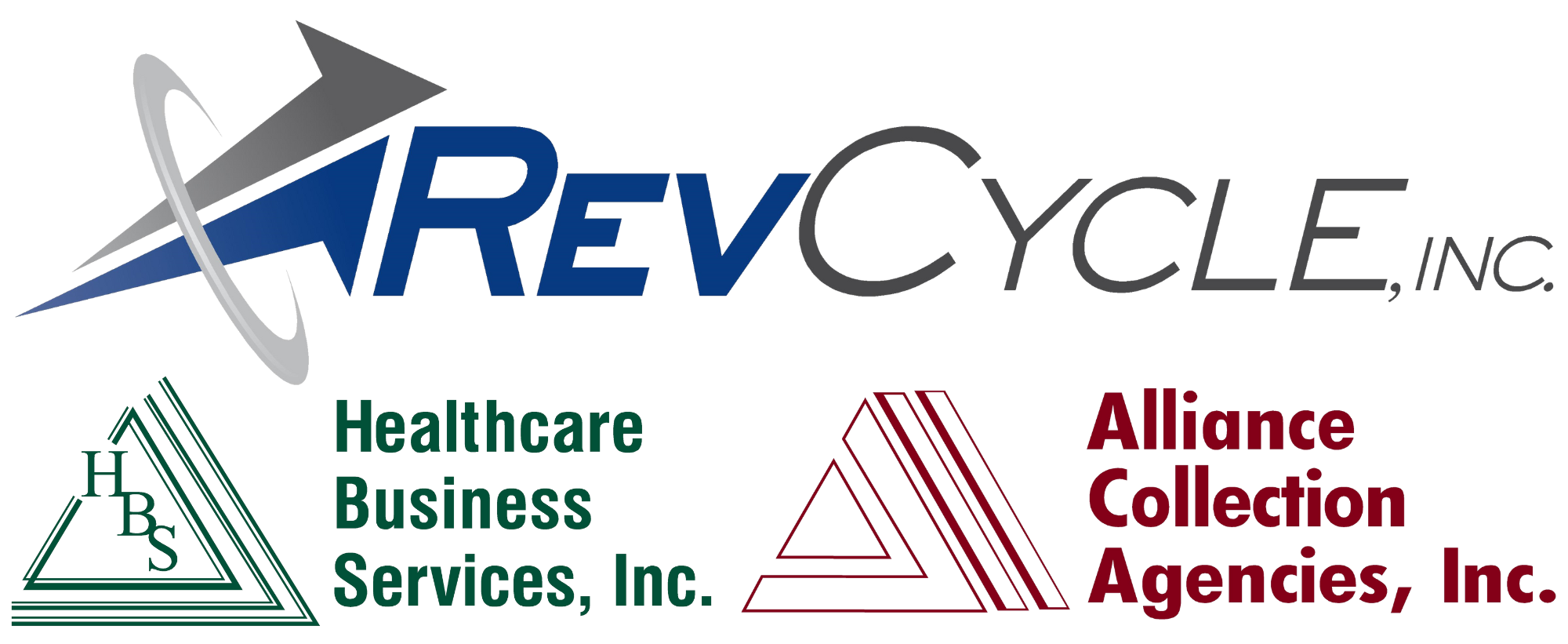It has now been over a year since COVID-19 arrived in the U.S., wreaking havoc on healthcare’s already thin margins while creating new financial pressure. As early as March 2020, hospital revenue streams began taking a huge hit due to the cancellation of elective procedures, which along with increased costs had a significantly negative impact on the industry’s credit outlook. Rural/safety net hospitals were struggling before the pandemic and are feeling the worst of the negative effects now.
Consulting firm Kaufman Hall took a look at the financial performance of over 900 hospitals this fall, and the numbers were not pretty. November represented an 11.6% drop from the same period in 2019, which was an improvement from October’s performance which was 16.4% lower than the prior year. The following quote from the article provides statistics which suggest things could get worse before they get better: “Labor expense per adjusted discharge also rose by 15.2 percent year-to-date and 14.7 percent year-over-year, and non-labor expense per adjusted discharge increased by 14.2 percent year-to-date and 17.1 percent year-over-year. This could be a “troubling sign of things to come,” experts at Kaufman Hall stated, especially if COVID-19 cases continue to increase during the winter.”
The numbers certainly paint a concerning picture, so you are likely asking yourself – what can be done to mitigate your losses?
Industry Introspection
The Chartis Group (a provider of analytics and advisory services to the healthcare industry) performed a survey related to fiscal performance in the first half of 2020. 62% of those surveyed were from the C-suite or senior executives, while the remaining 38% were finance and operations leadership. Some of the most interesting statistics are below.
- 85% of respondents selected cost reduction as one of their top three priorities
- 90% aimed to meet cost reduction goals in less than 12 months
- Over half of those (55%) are going to push to meet goals in less than 6 months
- 90% have concerns about factors that may push back successful execution, such as resource bandwidth and handling future COVID-19 surges
As the fiscal impact of COVID continues, many are implementing strategies to improve their margins, including those on this list.
- Revenue cycle optimization – 78%
- Supply chain improvements – 74%
- Labor/workforce management optimization – 69%
- Improving patient throughput – 50%
- Streamlining management – 50%
- Enhanced ambulatory access – 50%
Additionally, Deloitte Center for Health Solutions, performed a survey of 30 health system CFO’s which found the top overall concern was financial viability/planning, receiving 47% of the vote. Other statistics of interest were:
- 83% said consumer engagement is an increased priority, while 85% cited virtual health technology
- Top three finance initiatives
- Managing receivables – 50%
- Working with current financing partners – 43%
- Cash flow modeling – 43%
Finally, we would be remiss to not include a bit of analysis on smaller independent hospitals. This data hits close to home, as Wisconsin has 58 critical access hospitals. While not all are independent, those that are face uniquely difficult challenges. They generally lack the purchasing power, borrowing capacity and integrated services that help health systems better weather challenges such as those presented by COVID-19 – their financial pressure is nearing critical mass for some organizations.
The article providing this analysis comes from the previously-mentioned Kaufman Hall, along with Waller Law Firm. They are projecting a surge of mergers and acquisitions, as independent hospitals and smaller systems partner up to pool resources to offset 2020’s financial damage. Beyond that, some suggested actions to enhance viability include dropping service lines that lack demand, cutting expenses including workforce reductions if necessary and reducing capital investments in plants and equipment.
Fixing the Financial Pressure – Healing your Revenue Cycle for 2021 & Beyond
Telehealth, telehealth, telehealth – if there is one thing to take away from this section, it is that telehealth is the next big thing. Increased utilization of telehealth will be help negate the impact of rising COVID costs, especially in the first half of 2021. Beyond that the market is projected to hit $25 billion by 2025, while boasting an annual growth rate of 29%. We took an in-depth look at telehealth several months ago, which you can read here.
Aside from taking telehealth under strong consideration, other actions to consider include:
- Responsibly open any in-demand service lines that may still be closed
- Place a premium on enhanced cleaning and sterilization of facilities
- Consider A.I. and robotic process automation for repetitive revenue cycle tasks to free up manpower for more human-centric tasks
- Account for heightened PPE usage now and in the future, and
- Apply a human touch when working receivables (i.e. accepting smaller payments, more thorough reviews before sending to collections, etc.)
Experian offered up a technologically-focused take on financial recovery. Their four areas of focus are as follows:
- Easy patient scheduling utilizing a self-service digital platform
- Secure mobile technology to enhance telehealth
- A digital patient intake experience to reduce fears of exposure to illness
- Optimized collections to increase your bottom line
Coincidentally HFMA shared four strategies that can be used to help mitigate financial pressure. They believe the approach of passive annual budgeting has become a thing of the past, in favor of dynamic budgeting. They favor aggressive cost management and the utilization of a portfolio approach towards the management of payer contracts and relationships. Finally, they reaffirm the first sentence of this section – investment in the growth of telehealth (they also suggest prioritizing telework).
Optimize your Revenue Cycle with RevCycle
As we slowly but surely come out the other side of the pandemic, you should strive to “hit the ground running” by revitalizing your revenue streams and optimizing your revenue cycle. RevCycle can better position your organization to withstand financial dilemmas, and pave the way for you to prosper in normal times. Whether outsourcing from start to finish or just looking for assistance with problem areas, partnering with RevCycle can have a tremendous impact on your bottom line!
We remain available to discuss any revenue cycle concerns you may have. Simply send us a message or call 888.576.5290 to schedule a consultation today!

